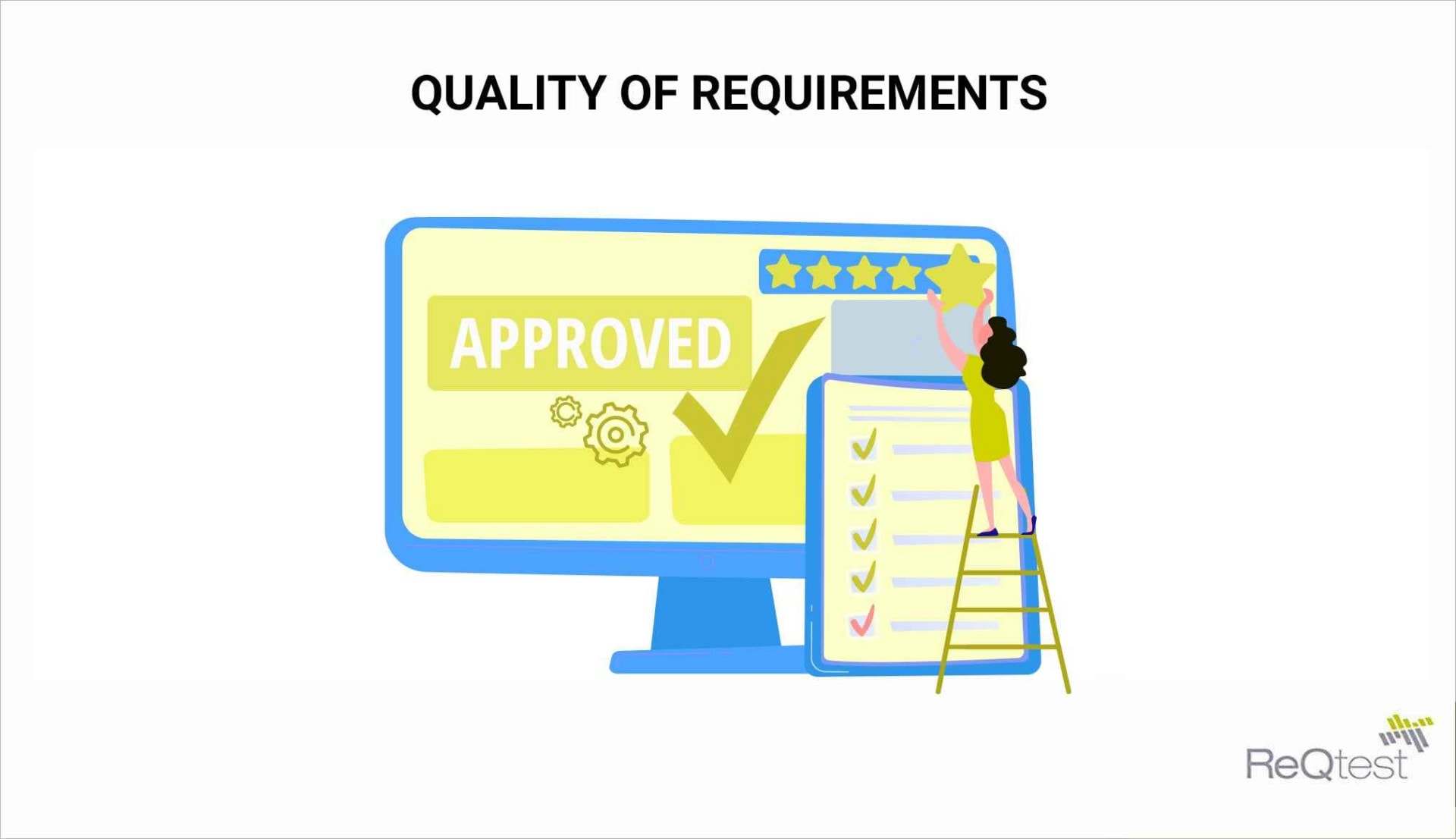December 2, 2020
Why Bad Quality Of Requirements Will Lead To Project Failure?
In this article, we will outline how bad requirements can lead to failure, and how to prevent bad quality requirements.
The success of any project involves a meeting of certain requirements. When it comes to building and developing software, it is vital to make sure that high-level requirements are clearly outlined and understood at the start of a project. It will help to avoid any failures.
The Impact Of Requirements On A Project
Project requirements are an essential element of project planning. They outline how a project will be completed, as well as by whom and by when.
It involves adequate business analysis, which not only refers to the specific details of the project itself but also to how it aligns with the business being served. This includes doing your homework on the necessary external and internal factors that will affect the rollout of a project.
In addition to this, good requirements are essential to avoid problems like scope creep, going over budget, misuse of resources, poor design and functionality, and code rework. These problems occur when the foundations of a project were not well researched, discussed, or agreed to. It creates problems further down the line.
Why Bad Quality Of Requirements Lead To Project Failure?
As mentioned, the quality of project requirements is very important. If you have bad quality requirements, you will most likely experience issues later on in the project. Here are some of how bad the quality of requirements can lead to project failure.
Scope Creep
It is easy to lose track of the specific goals of a project if the goals are not documented properly. It means that because the scope of a project is not defined in detail, unnecessary or misguided work starts to take place. This can completely detail a project if not kept in check.
If not properly defined, a project can start to head in a completely different direction than originally planned. Thus, it will lead to a lot of wasted time and effort.
Going Over Budget
For large scale projects, managing budget requirements is especially critical. Any time wasted on unnecessary tasks can add up to millions of dollars. It makes it very important to understand the project scope as it can help you to do adequate budget forecasting.
Of course, in some cases, requirements can be tweaked slightly. But, it needs to be managed consistently over time with transparent communication throughout a project.
Poor Design And Functionality
If the requirements of a project are not defined upfront, and the proper business analysis has not been done, a project can fail due to poor design and functionality. It is because it will not end up serving its intended purpose.
It is important to specify what the requirements are and how these relate to the business as a whole. It also emphasizes the importance of proper stakeholder engagement from the beginning to assess what they are looking for.
Code Rework
As we have discussed above, any problems with the rolling out of a project can lead to having to rework code – which can be time-consuming and costly. It means that the exact scope of the project, what purpose it serves, and how it will look in its future state need to be defined from the beginning.
Tips To Ensure Better Quality Requirements
Here are the steps you need to follow:
Do Your Research
Doing thorough research is crucial in the foundational phase of a project. Once a project has started, with tight deadlines and a team of people working to strict schedules, it can be difficult and expensive to retrace your steps if anything goes wrong.
Proper research involves reading everything you can find about the business itself, the industry it operates in, as well as any regulatory requirements. It can help you to understand how to speak to and engage with the relevant stakeholders. Also, a thorough understanding of the business environment will give you insight into what competitors are doing. It can further guide your requirement planning.
Build Relationships
The success of any business venture rests on building strong relationships with the stakeholders involved. By making an effort to truly understand all the ins and outs of their business and the environment they operate in, you’ll already be well placed to have meaningful discussions about the high-level requirements of a project.
Moving forward throughout a project and maintaining a good relationship with stakeholders will also help to prevent project failure. It is because project requirements can be tweaked and adapted if necessary along the way with solid planning and communication. Although, it is preferable to have as much of this outlined upfront as possible to avoid any backtracking and delays.
Don’t Reinvent The Wheel
In the world that we live in today, there is so much information available and other previous failures to learn. Therefore, instead of feeling like you need to start from scratch, use templates and case studies to assist you in finding and collating the information you need for your business analysis.
Create a comprehensive plan that incorporates all of the analysis you have done in a structured way. It will make it a lot easier to define all of the requirements necessary for the project in consultation with the relevant stakeholders.
Final Thoughts
There are several ways in which bad quality requirements can lead to project failure. It is essential to focus on setting high-level requirements from the project’s inception.
Although every project will be different, taking a structured approach to business analysis and stakeholder engagement will help you to detail all of any necessary project requirements upfront. In addition to this, building relationships and using templates and plans to support you can go a long way in preventing the failure or derailing of a project.
Share article
